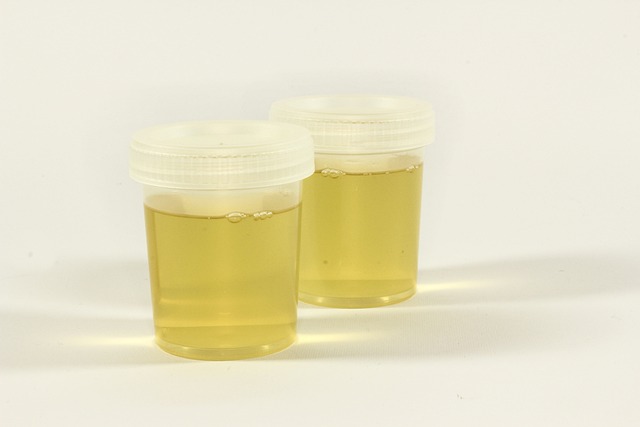Iron deficiency anemia, characterized by low iron levels, is detected through simple tests like the Diabetes Blood Test UK, which includes hemoglobin (Hb) measurements and a complete blood count (CBC). Key symptoms include fatigue, weakness, pale skin, breathlessness, dizziness, and headaches. Iron is vital for hemoglobin production in red blood cells. Diagnosis involves specific blood tests like Hb, ferritin, and transferrin saturation (TS). Normal Hb ranges are 130-175 g/L for men and 120-160 g/L for women. Treatment options include dietary changes, oral supplements, or IV iron therapy for severe cases or comorbidities like diabetes.
In the UK, iron deficiency anaemia (IDA) is a common condition, especially among individuals with diabetes. Early detection through blood tests is crucial for effective management. This article guides you through the process, focusing on understanding IDA symptoms, the role of common blood tests like ferritin and haemoglobin levels, interpreting results, and available treatment options tailored to your healthcare needs in the UK.
- Understanding Iron Deficiency Anemia Symptoms
- Common Blood Tests for Iron Deficiency
- Interpreting Results and Treatment Options
Understanding Iron Deficiency Anemia Symptoms

Iron deficiency anemia is a common blood disorder where the body lacks adequate iron levels, leading to reduced production of healthy red blood cells. Understanding the symptoms is crucial as early detection through simple blood tests like a Diabetes Blood Test UK can be life-saving. Common signs include fatigue, weakness, pale skin, shortness of breath, dizziness, and headaches—often subtle at first but escalating over time. These symptoms arise because iron plays a vital role in carrying oxygen throughout the body via hemoglobin in red blood cells. A deficiency results in reduced hemoglobin production, affecting oxygen distribution and leading to various health complications.
Common Blood Tests for Iron Deficiency

Iron deficiency anemia is a common condition, and blood tests play a crucial role in its diagnosis. Several specific blood tests are used to identify iron deficiency, including hemoglobin (Hb) levels, ferritin levels, and transferrin saturation (TS). These tests help healthcare professionals understand the severity of the anemia and guide treatment plans.
In the UK, one of the standard blood tests for assessing iron status is the diabetes blood test, which includes measurements of HbA1c (average blood glucose over the past 2-3 months) alongside complete blood count (CBC) to evaluate red blood cells and ferritin levels. This comprehensive approach ensures a thorough evaluation, especially important for individuals with underlying conditions like diabetes that can affect iron metabolism and overall health.
Interpreting Results and Treatment Options

After a blood test for iron deficiency anemia, interpreting the results is crucial. In the UK, a common indicator is the hemoglobin (Hb) level. A normal Hb range typically falls between 130-175 g/L for men and 120-160 g/L for women. If your Hb level is below these ranges, it could suggest anemia. It’s important to remember that other factors can influence results, including certain medical conditions like diabetes, which may require additional testing or adjustments in interpretation.
Treatment options for iron deficiency anemia include dietary changes, such as increasing the intake of iron-rich foods and vitamin C to enhance absorption. In some cases, oral iron supplements are prescribed by a healthcare professional. For severe anemia, particularly when accompanied by conditions like diabetes, intravenous (IV) iron therapy might be recommended. This direct administration ensures faster and more effective iron replacement.
Iron deficiency anemia, a common yet treatable condition, can be effectively detected through various blood tests, including those widely available in the UK. By understanding key symptoms and utilizing appropriate diagnostic tools like diabetes blood test UK options, individuals can receive timely treatment to manage or prevent anemia. This ensures better overall health and quality of life.
